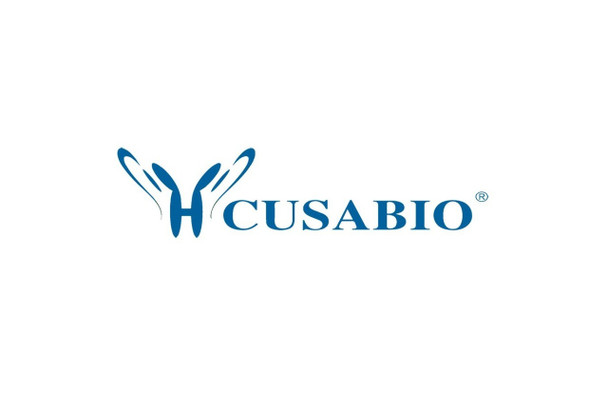Cusabio Polyclonal Antibodies
CXCR4 Antibody, HRP conjugated | CSB-PA006254YB01HU
- SKU:
- CSB-PA006254YB01HU
- Availability:
- 3 to 7 Working Days
Description
CXCR4 Antibody, HRP conjugated | CSB-PA006254YB01HU | Cusabio
CXCR4 Antibody, HRP conjugated is Available at Gentaur Genprice with the fastest delivery.
Online Order Payment is possible or send quotation to info@gentaur.com.
Product Type: Polyclonal Antibody
Target Names: CXCR4
Aliases: C-X-C chemokine receptor type 4 (CXC-R4) (CXCR-4) (FB22) (Fusin) (HM89) (LCR1) (Leukocyte-derived seven transmembrane domain receptor) (LESTR) (Lipopolysaccharide-associated protein 3) (LAP-3) (LPS-associated protein 3) (NPYRL) (Stromal cell-derived factor 1 receptor) (SDF-1 receptor) (CD antigen CD184), CXCR4
Background: Receptor for the C-X-C chemokine CXCL12/SDF-1 that transduces a signal by increasing intracellular calcium ion levels and enhancing MAPK1/MAPK3 activation. Acts as a receptor for extracellular ubiquitin; leading to enhanced intracellular calcium ions and reduced cellular cAMP levels. Involved in hematopoiesis and in cardiac ventricular septum formation. Also plays an essential role in vascularization of the gastrointestinal tract, probably by regulating vascular branching and/or remodeling processes in endothelial cells. Involved in cerebellar development. In the CNS, could mediate hippocampal-neuron survival.
Isotype: IgG
Conjugate: HRP
Clonality: Polyclonal
Uniport ID: P61073
Host Species: Rabbit
Species Reactivity: Human
Immunogen: Recombinant Human C-X-C chemokine receptor type 4 protein (1-356AA)
Immunogen Species: Human
Applications: ELISA
Tested Applications: ELISA
Purification Method: >95%, Protein G purified
Dilution Ratio1:
Dilution Ratio2:
Dilution Ratio3:
Dilution Ratio4:
Dilution Ratio5:
Dilution Ratio6:
Buffer: Preservative: 0.03% Proclin 300
Constituents: 50% Glycerol, 0.01M PBS, PH 7.4
Form: Liquid
Storage: Upon receipt, store at -20°C or -80°C. Avoid repeated freeze.
Initial Research Areas: Immunology
Research Areas: Neuroscience;Cancer;Immunology;Metabolism;Microbiology;Stem cells






